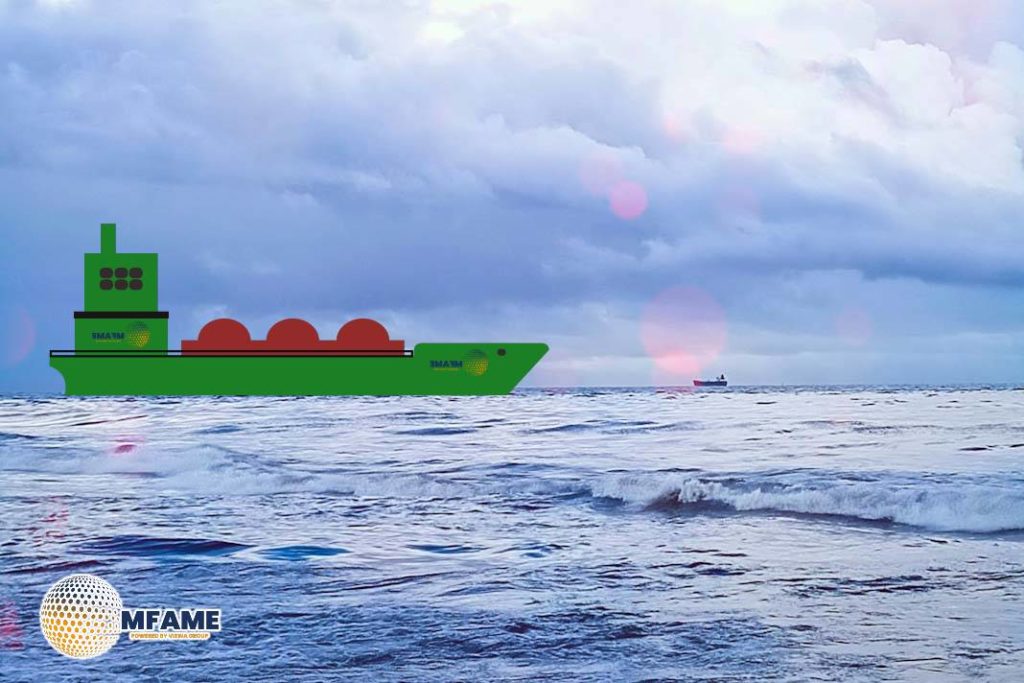To comply with the latest revision of the Enhanced Survey Programme (ESP) Code, as amended by IMO Resolution MSC.525(106), and IACS Unified Requirements (UR Z10.1/.2/.4/.5), DNV has updated the periodical survey requirements. These new requirements will be in effect for surveys commencing on or after 1 July 2024.
Bulk Carriers
For bulk carriers with ESP notation, the ballast tank coating condition will now be assessed according to the same criteria used for oil tankers. Any coating condition rated less than “GOOD” (i.e., “FAIR” or “POOR”) must be recorded and examined at subsequent annual surveys. If the coating condition is not restored to “GOOD” by the first renewal or intermediate survey commencing on or after 1 July 2024, an annual examination will be required. Additionally, for bulk carriers exceeding 20 years of age and 150 metres in length, double-skin void spaces bounding cargo holds will be subject to annual examination if the protective coating is found to be “POOR”. New requirements have been introduced for the annual survey of these double-skin void spaces when applicable.
Oil Tankers
The definition of oil tankers has been clarified to indicate that the ESP Code does not apply to oil tankers carrying oil in independent tanks not part of the ship’s hull (e.g., asphalt carriers). The cargo tank testing requirements for oil tankers, when performed by the crew, have been amended to specify that testing must occur within the renewal survey window but no more than three months before the crediting of the overall and/or close-up examination. Owners of asphalt/bitumen tankers with independent cargo tanks should take note of this clarification.
Recommendations
In light of these updated requirements, it is strongly recommended that the coating condition of water ballast tanks and double-side skin void spaces on bulk carriers be maintained continuously. For oil tankers, it is essential to prioritize the applicable window for completing cargo tank testing when performed by the crew.
Did you Subscribe to our daily newsletter?
It’s Free! Click here to Subscribe!
Source: DNV

















